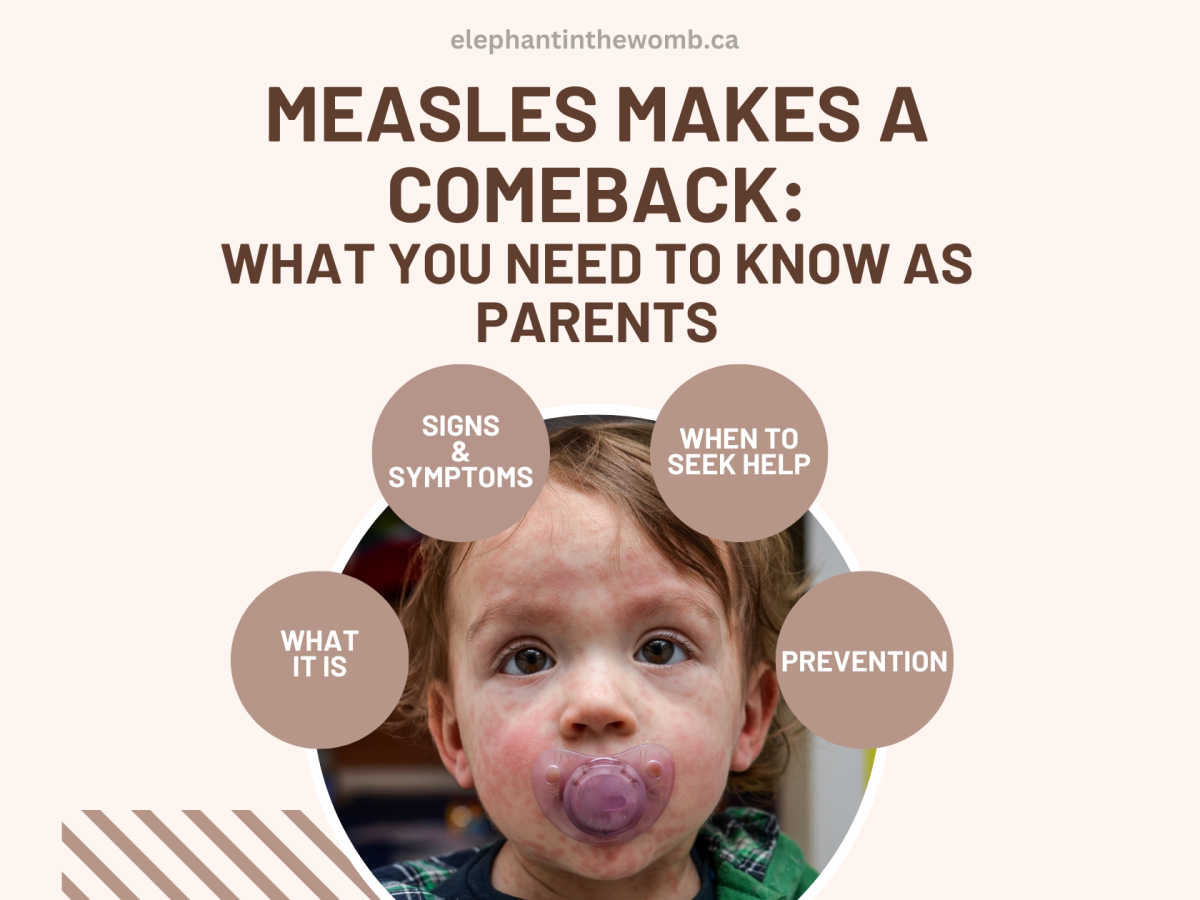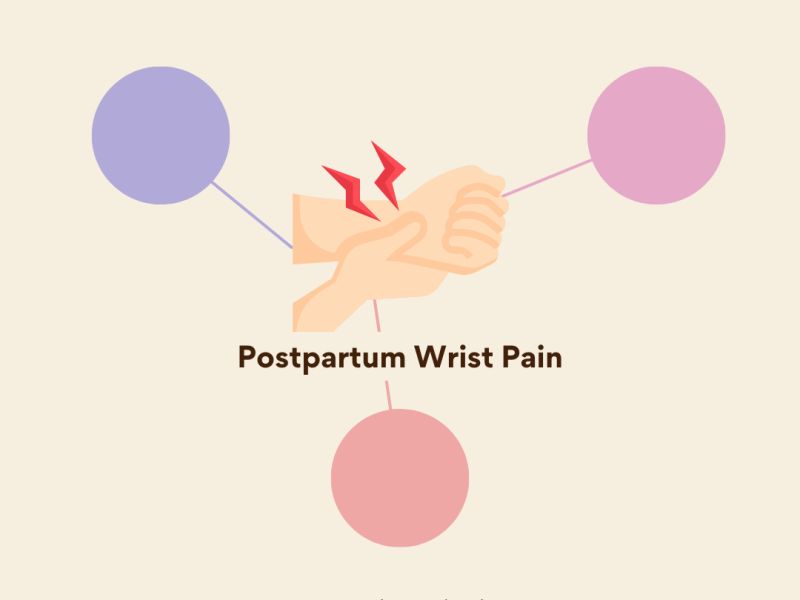I’m running behind, again so I figured I just put these two posts together instead of trying to produce a rushed one for ten months. We’ve had a busy little bit, but our biggest change or milestone has been James’ move to his “own” room – which is a shared room with Maggie. I waited till ten months to do this because I was scared of how it would go. We have been so lucky that Maggie has been an amazing sleeper for a long time, since she was around 1 year old. I didn’t know how moving James into her room would disrupt her sleep and with him still waking up often multiple times a night I had major anxiety. Dealing with a baby in the middle of the night is one thing but with two awakened kids?! I couldn’t fathom it.
So we took the plunge at ten months when James had a better stretch of sleep (only waking up 2 times per night…) and we had surprising results. The first few nights he woke up a few hours into the night and I just moved him back into our room into our travel crib (we have the Aeromoov one). I kept trying to put him down in his room and after a few nights we had pure success – he slept through the night! For maybe the second time in his life!!! This continued beyond one night too, and his transition has overall been positive. This week he’s been mostly back in our room because he started teething and then got a cold and has been coughing himself awake multiple times a night, but hoping once he’s better he can get back to where he was. Sleep is a journey, that’s for sure.
So here are some tips for moving baby into a shared room with a sibling, based on our experience (disclaimer: none of this is or should be considered any type of medical advice, it is for informational purposes only):
I use Amazon Associate links in this post and I may earn a small amount from your purchases.
1. Wait till you are both (or all) ready.
There is no “right” time in my mind to move a baby to their own room – it’s when you’re both ready and when it’s safe. Room sharing is recommended until at least 6 months by the American Academy of Pediatrics (this holds true with their updated recommendations) and the Canadian Joint Statement on Safe Sleep. This is to reduce the risk of SIDS (and there are many studies pointing to this as one of the modifiable risk factors – meaning it is a risk factor you can have an impact on). It also supports bonding and breastfeeding; and the ability of parents to respond easily to their infants needs.
Now, if you’ve read this blog – you know that I don’t think that either of these safe sleep statements are perfect. I’ve shared my thoughts on bed sharing in a post before – and I feel that both these statements make safe sleep for many more difficult by not providing tips for safer bed-sharing to parents (because we know from statistical reports that parents are doing this anyways). But please refer to this post for my full opinion on that.
When it comes to moving baby to their own room, you can 1) talk to your doctor/paediatrician about when the right time might be, but I’d say don’t be surprised if it doesn’t align with when it feels right to you in all cases; and 2) gauge both your own and baby’s readiness. For me, I’ve always waited till the kids were sleeping well to move them. You also don’t want to move them when they’re going through things like teething or a cold and they’re going to have higher needs. In those cases, you’re often just setting yourself up for disappointment or mom guilt and nobody wants more of that.
I moved Maggie around 7 months and it had been too early for her – she ended up safely bed sharing with us until 9 months and then she let us know, in many ways, that she was ready to move (she started sleeping restlessly and kicking us a lot!). When we finally transitioned her fully at 9 months she was only waking once or twice per night some nights, and she quickly settled into a full nights sleep (note: this is not expected necessarily aka it is totally normal for your child not to sleep through the night for some time to come, she’s just a high sleep needs kids who likes to sleep!).
Does baby need to be sleeping through the night to move them? No of course not! Some kids won’t sleep through the night until they’re several years old. Some people may choose to room share that long but you certainly don’t have to. Remember, it’s based on both your readiness. If you’re feeling you’re both ready for the change and you’re OK with responding to baby’s needs in another room – then that sounds like the right decision! If you find it to be difficult, then maybe don’t move all baby’s stuff out of your room till you’re sure.
Shared room transition? Consider also if the sibling is ready. We prepared Maggie for months before by talking about James eventually moving into her room with her. We set up the crib much in advance so she’d adjust. We started to do a more joint bedtime routine when their schedules were a bit closer. It’s little steps but it can help ease them in too and this is important because they will be sharing a sleeping space and a daytime space (often) with their sibling if you’re doing this.
2. Make sure you have a safe sleep surface and space for baby in their own room.
When you’re no longer bedside or beside baby, you need to make sure they’re on a safe sleep surface for sleep. This means a firm, flat surface in an approved crib. You can read about Canada’s crib, cradle and bassinet safety guidelines here or check out the Consumer Product Safety Commission’s page on Cribs and Infant Products.
Baby should also not sleep near lights, curtains or blind cords, windows or patio doors, plugs or extension cords. These are all potential risks to baby’s wellbeing.
As baby grows, your crib mattress should be lowered so they’re not able to fall out of the crib. Also follow your crib, cradle or bassinets guidelines about when to move baby – they will all be slightly different and based on milestones, weight and/or length.
Their sleep space should include a fitted sheet that properly fits their mattress, but nothing else. Crib bumpers have NOT been a thing for a long time and they are not necessary or safe. Babies don’t need a pillow or a blanket – if you’re worried about how warm they are, look into a good sleep sack instead. Our favourites are from Perlimpinpin the Canadian brand, but there are many other options out there (a lot of people like Woolino from talking to other moms, and early on we liked the Love 2 Dream options).
Other things you can do is make sure baby’s room is the right temperature for sleep to avoid overheating (you should also check the TOG on sleep sacks to make sure they’re appropriate for the time of year – each brand may have slight differences, here is Perlimpinpin’s chart). Most baby monitor brands have a temperature monitor so you can check this way.
3. Have a space for feeding or comforting baby.
Make sure you have a space for feeding or comforting baby, whatever you do when they wake up.
This house totally feeds to sleep and back to sleep – it is what worked with my daughter and what works for James. Also importantly, it works for me. Always do what works for everyone best. So, because I nurse I need a chair – previously we had a beautiful recliner nursing chair in the room, but now having to fit two beds in there we didn’t have space so that got moved to the basement and I brought home an older rattan chair from the side of the road, had my husband sand it down, and bought an IKEA cushion for it. This is now my “nursing” chair and it works just fine since we’re no longer in the era where we’re spending hours of the day nursing.
If you just walking around with baby to rock them or soothe them, then you don’t need this. A recliner or a seat is definitely a “nice to have” if you ever need to feed them or want to rock them because you’re getting tired of marching around the room!
Also – a change space for night time, just in case. After a certain age, Maggie never pooped in the night but James will sometimes poop at like 5 am. So it’s good to have a spot for that – we are definitely “floor” changers but in the night something a bit higher up is nice with some kind of dull lighting option in case it’s a messy blow out. I actually recommend some dull lighting option in general in case you have to go in there and can’t see well like my poor sighted self.
I use the nightlight setting on our Dreamegg sound machine to provide lighting but not “wake up!” lighting. These are all small things to consider when setting up your nursery or shared room.
If you’re transitioning to a shared room, you want to make sure this space is near baby’s crib and that it won’t disrupt the sleeping sibling much. I’ll talk about this in #5 a bit more.
4. Choose your transition: ease in or cold fish. I prefer ease in.
Everyone is going to do their own thing – but we’ve had the best success with own room transitions for both kids with more of an “ease in” and “realistic expectations” approach. As in – I accept, mentally, that some nights it might not work out. I still have our Aeromoov travel cot in our room for James for these nights. Especially because we’ve transitioned into a shared room, having this option for rougher nights is a must to prevent waking both kids which is a nightmare!!
If you’re just transitioning a baby into their own room, it’s more just having the expectation that some nights might still be harder. It is totally biologically normal for baby to sleep well for some time and then go through rough patches for a variety of reasons including illness, teething or growing. Not all of these will be predictable but some will and you can try your best to set yourself up for success.
Some babies may very well transition and have no problems. But it wouldn’t be unusual for nights to be hit or miss at points either. Just keep expectations realistic and remember that own room does not = sleeping through the night. Coping with more difficult nights is up to you and again, based on what you and baby are most comfortable with.
We started with naps in the crib in their own room for both kids. Some say to do it the opposite way but this has always worked well for us.
5. Shared room: Divide the room for siblings.
I don’t mean you have to create a literal barrier, but it’s important for both night and daytime use for both kids to have their own spaces.
A friend and sleep coach, Cayla who has been on my podcast many times before, suggested putting baby closer to the door which we have done. The kids room is pretty spacey, and James’ crib is nearest the door with Maggie’s in a further corner. This “divides” the room.
Another tip is to use two sound machines. This was also a pearl from Cayla. Both kids have their own Dreameggs going and it seems to help a lot. We did initially only have one and we found that James was more likely to wake Maggie up if he awoke that way (which was not ideal).
Beyond the placement of the crib, it is also helpful to have the kids own space in the room – even if it is mostly shared. This is just so they still feel like they have their “own” spot or area. I know this is more important to my 3 year old than James – who is totally ok sharing space with his sister at all times.
6. Have a good monitoring system – whatever makes you feel most comfortable.
I like to check on James frequently still. Maggie is less frequent now via camera, but we still have one set up.
We personally use the Wyze system for Maggie, but the Owlet Dream Duo 2 for James. Yes – I have previously written pretty in-depth about Owlet here. I was approached to partner with them (full disclosure) and I actually love their camera system. Even the sock is really cool – but as a reminder, it is NOT a medical device and it is not reliable for these purposes. Even Owlet themselves will tell you that – it tracks sleep trends and related variables, but it is not for oxygenation monitoring. It is not a replacement for monitored care delivered by a professional. I love that Owlet is very clear with this in their packaging and advertising here in Canada.
The sock is cool though – I love seeing how James is sleeping (his sleep cycle stage) and getting the alerts for the room temperature/humidity is also helpful. The camera is good quality too – my only dislike is that it is phone only (guess I’m old school).
Some people might not love the Owlet because of these extra bits of data (or, the price) – so if that’s the case, choose a different option! We also have liked our Leapfrog monitor – this is the newer version here. There are so many options on the market, it almost needs its own separate post! To me, the most important is being able to see my kid clearly – no pressure to get something out of your price range or comfort zone.
And that’s about all I have for you in terms of tips – #1 is definitely the biggest. Don’t feel pressured by others (parents or providers) to make the move if it doesn’t feel right. Safe sleep space in their own room is a must. Everything else is based on your kid(s) and your comfort.
The truth is, each kid is going to be different and while these tips supported mine, they may not support yours. There will be trial and error involved too. There may be harder nights or stretches of nights. It won’t be perfect. But you got this!
A Brief Milestone Update:

James is now 11 months old (sigh). I am feeling a lot of mixed emotions. I am so happy that he is almost 1 but I also can’t believe he is almost 1! The year didn’t fly by too quick, for which I am thankful. But I still will miss when he was itty bitty and he already looks so big, it definitely makes me emotional.
James can now stand up independently but no walking as of yet. We have been trying to encourage him but it doesn’t seem like he’s quite ready. This was around the time that Maggie started walking.. but that doesn’t mean anything for him. I’ve learned that each child is so different even with the same nature/nurture environment. So far, he’s on track and we’ll just keep waiting for his next move!
He has also been “talking” a lot more. Mama and dada are pretty clear now. I also think he is trying to say both dog and cat, since he’s around them all the time. He says “ca” and “dah”. He definitely has a sense of humour and continues to be a mischievous little guy.
He has recently become more engaged and interactive with a wider variety of toys. He can push a car around on the floor really well, and he learned how to hit a ball through a hole and down a ramp. He also loves his sisters (really, their shared) new dollhouse. He can throw balls of different sizes too (which is adorable).
He loves music lately – he will often move to the music when certain songs are playing now. He also loves imitating us. I got a cute video of him making the same noise as his dad repeatedly the other night. He points at everything and lets us know what he wants. He also can sign for “more”, because our daycare helps support this learning (both kids were able to sign well at this age).
I am loving this stage and watching him explore the world a bit more!
Usually I do an image, but to keep this post shorter please refer to the 10-12 month milestone list on Pathways.org here.
Additional Resources
How to Keep Your Sleeping Baby Safe – American Academy of Pediatrics
AAP Updates Safe Sleep Recommendations
Joint Statement on Safe Sleep – Government of Canada





Leave a comment